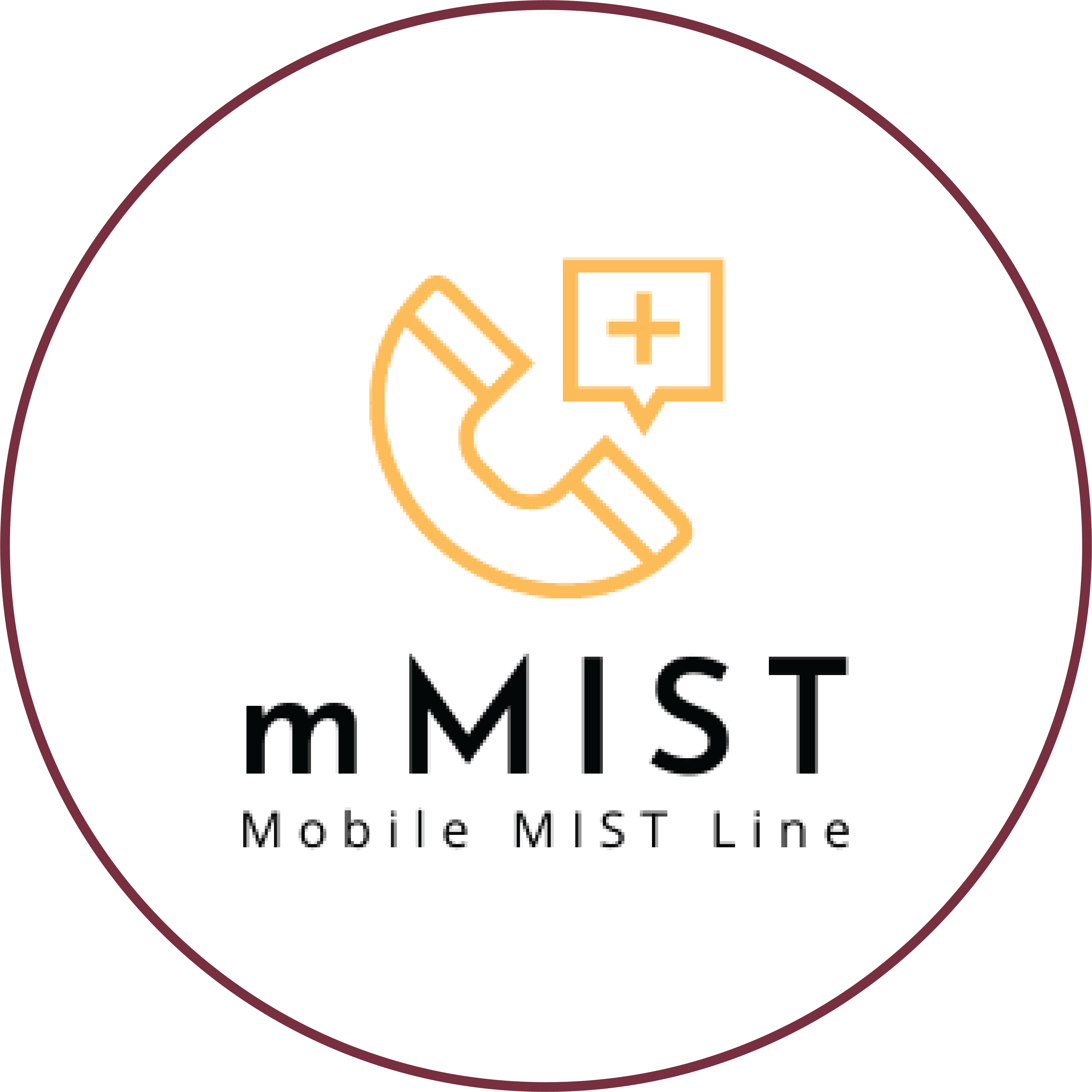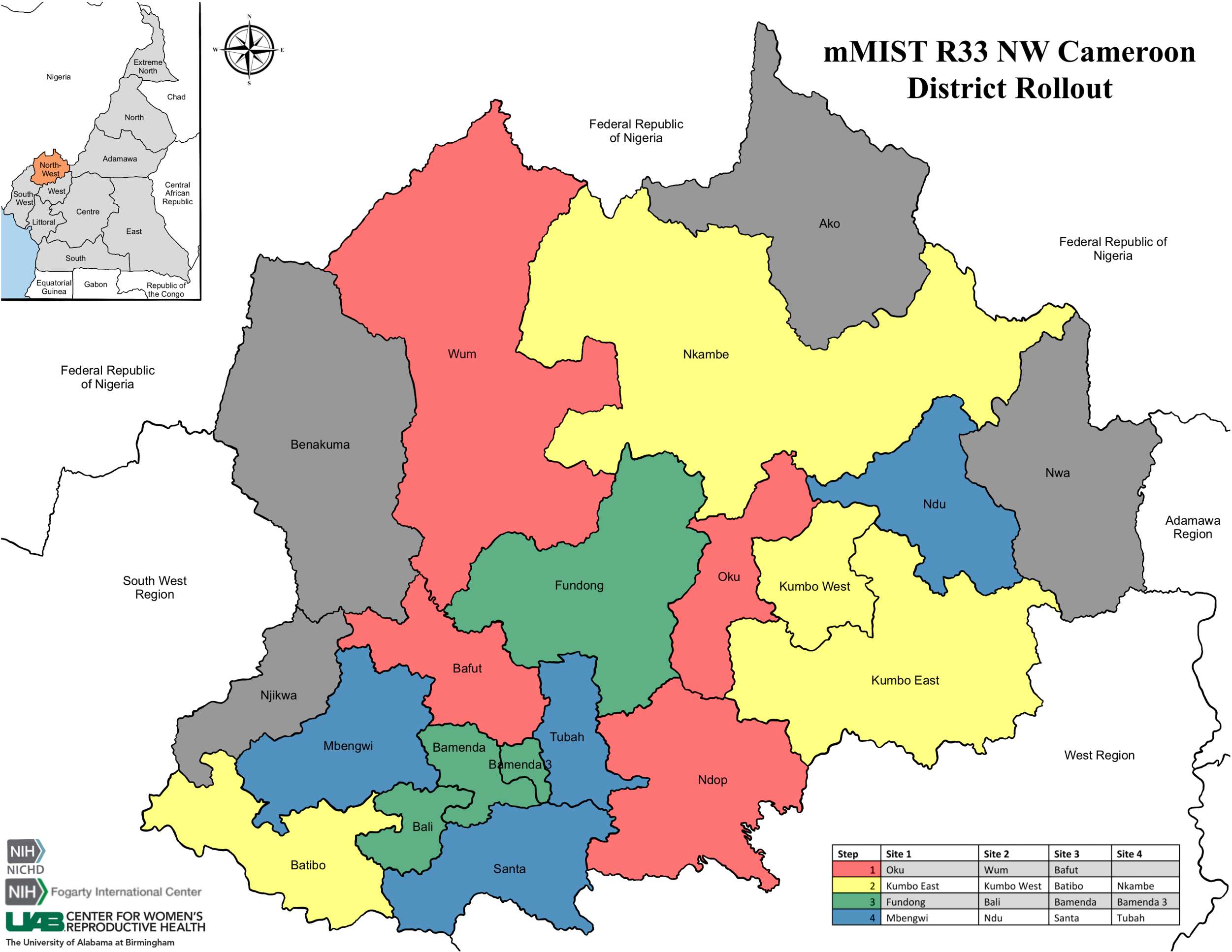
Mobile MIST (Medical Information Services via Telephone)
Funded By: National Institute of Child Health & Human Development (NICHD)
Duration: September 2020-August 2025
Study Population(s):
Aim 1
- Maternity providers
- Previously pregnant women
- Currently pregnant women
- Health facility administrators
- Ministry of Health representatives
- Mobile service providers
Aim 3
- Peripheral providers
- First line providers
- Expert providers
Background
Reducing maternal and perinatal deaths is a global priority; it is highlighted in the global millennium and sustainable development goals, agreed to by all countries. MISTTM (Medical Information Service via Telephone) has been operational at the University of Alabama at Birmingham (UAB) since 1969 and was the first provider-to-provider consultation hotline. MIST was established in response to the need for busy health professionals in rural Alabama to have rapid communication with experts at the state's only tertiary facility (UAB) to optimize patient care and/or initiate transfers. mMIST has been adapted across the country, but not low-income countries. Cameroon has a high maternal mortality ratio of 600/100,000 births, and a perinatal mortality rate of ~50-60/1,000 births, among the highest worldwide.
Study Aims
Aim 1
Adapt and develop a 24/7 mHealth support system for primary providers who provide healthcare to pregnant women.
- 3 focus groups with N=18 currently pregnant women (5-7 in each group)
- In-depth interview with key subgroups (N=36)
- N=12 maternity providers
- N=10 previously pregnant women
- N=6 Ministry of Health representatives
- N=8 mobile service providers
Aim 2
Test mMIST's feasibility and acceptability in a health district in northwest Cameroon
- mMIST system located in Nkwen Baptist Hospital
- Tested in Ndop Health District
- 155 calls in one year
- Revisions
- Evaluation form
- Case presentation for peripheral providers
- Call flow
- Increased number of mobile service providers
Aim 3
Test the effectiveness of large-scale implementation of the mMIST intervention in reducing maternal and perinatal death and other outcomes in the low-income country setting.
- 16 health districts (excluding 4 districts)
- Roll out to 4 new districts every 6 months (for 2 years)
- Compare evaluation forms and administrative data to see if health outcomes improve


